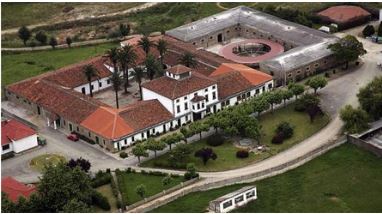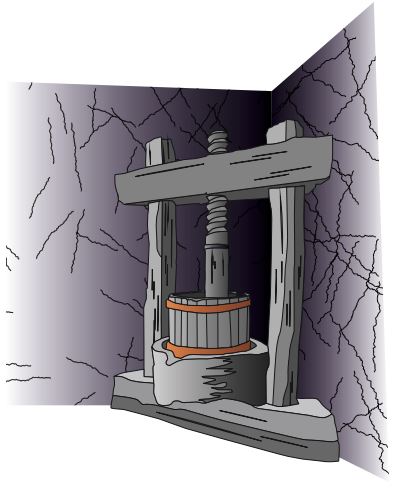
Industrial production of cider in 19th century Cantabria
14/05/2024Cider in Cantabria before 19th Century
The first traces of cider production in Cantabria are found in the cartularies of monasteries from the 9th century, which mention the presence of winepresses, pumaradas and vats. Throughout the Middle Ages, cider appears as a product of great consumption and local production in large part, a situation that will continue during the 16th and 17th centuries. However, cider production remains within the self-sufficient peasant economy. This low levels of production and marketing began to be surpassed in the 18th century. In this century of great strength for our region, the commercial impulse and the accumulation of capital in Santander allow the appearance of two projects of industrial production of cider in 19th century Cantabria. They will create two factories that will operate in Cantabria during the 19th century: Campogiro and Juenga. Its creation and subsequent failure of industrial production of cider were the symbol of the regional failure to produce and consume cider on a mass scale.
Campogiro/Santander

Francisco Antonio del Campo was one of the most important merchants in Santanderduring the second half of the 18th century . Born in 1759, we know nothing about how he managed to amass his fortune. However, in 1786 he appears as the promoter of the Cañadío brewery. This was one of the most important industrial projects developed under the protection of the capital accumulated by the commercial impulse of the port of Santander. He actively participated in numerous commercial and industrial companies at the end of the 18th century. In 1797 he received the title of Count of Campogiro.
The Factory
Despite the delay in the construction of the factories, he still maintains an entrepreneurial spirit and demands that the heir of the estate he founded travel around Europe to bring the best technology of the moment to the factories. Furthermore, given the onerous nature of the project, he requests that he be exempt from paying the foundation tax.
Until 1825, the date on which there is reference to the Campogiro factory already operating, a series of important events occurred that surely affected its future. Firstly, the political situation derived from the French invasion in 1808 caused the dislocation of the entire economy of Cantabria for five years. The preeminent position he occupied in Santander society made the Count of Campogiro appear in the Cantabrian Junta that emerged after the uprising against the French. His involvement even made him participate in the failed expedition of Bishop Menéndez de Luarca, after which he had to march towards Asturias. We do not know when he returned to Santander, but after the end of the war he was able to reactivate his businesses and his social position.
He become mayor of Santander during the last two years of his life (1816-1817). In any case, the interruption of maritime traffic, the presence of occupation armies living on the ground and political uncertainty caused an economic paralysis that deeply affected Santander. A crisis that was increased by the subsequent war of independence of the American colonies. That deprived Santander merchants of the benefits derived from trade with them. This fact also affected cider, which was an export product to the American continent.